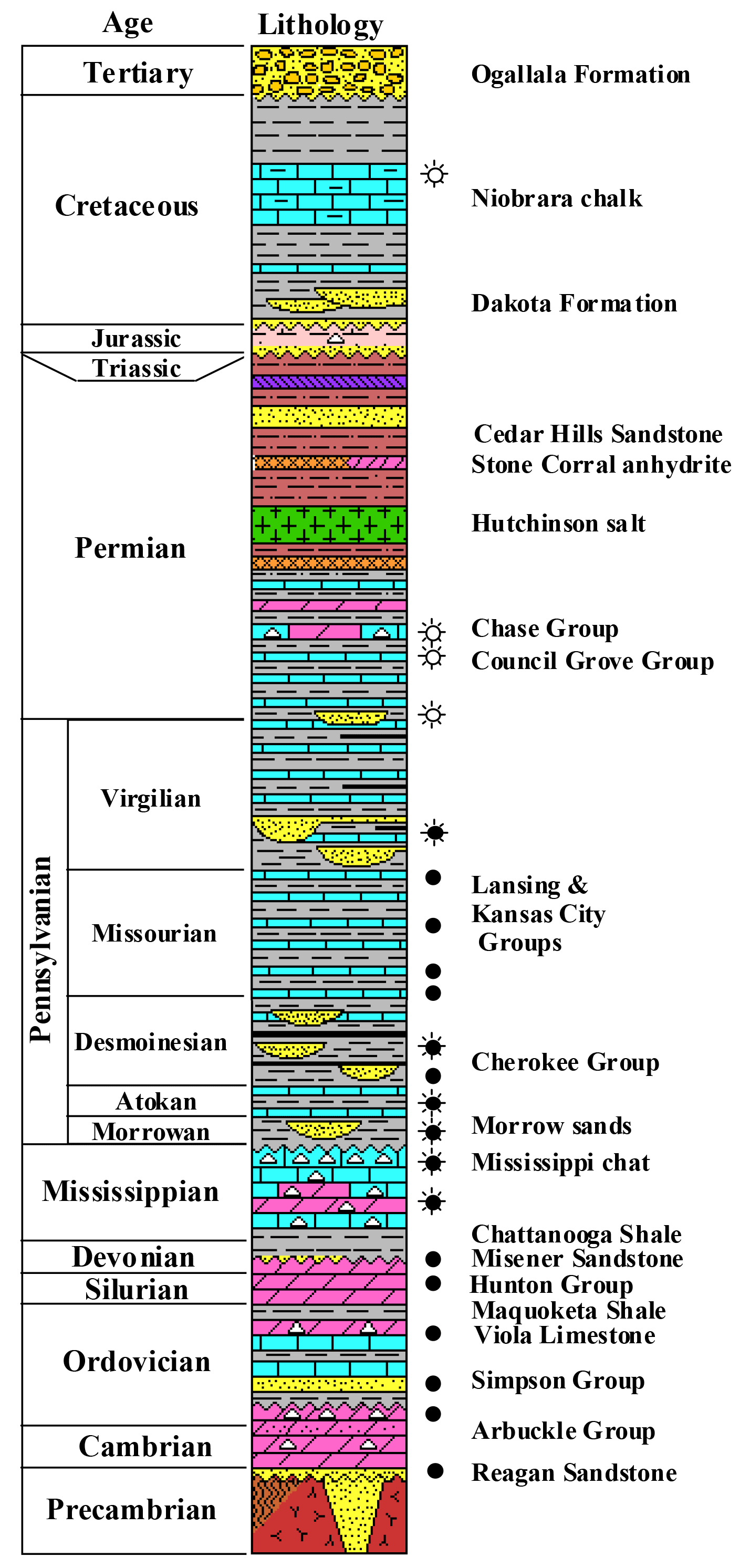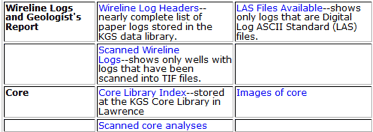Geological Log Analysis
by John Doveton

The fundamental aim of this course is to enable you to develop skills in reading geology from logs, as shown symbolically by the course banner. Along the way, you will also learn a lot about subsurface geology. This knowledge will be useful to you immediately if you are planning on a career in industry. If your goal is research, then the skills acquired in this course will move you beyond the topology of basic log correlation to an enriched geological perspective of the subsurface.
In the not too distant past, the reading of geology from wireline logs was highly interpretive. The ability of a rock to conduct electrical current or sound waves is several steps removed from traditional outcrop descriptions based on the eye and hammer. However, the range of logging measurements has expanded markedly over the years. In particular, the addition of nuclear tools has introduced log traces that reflect both rock composition and geochemistry in a more direct manner. Taken together, both new and old logs contain a host of keys to patterns of rock formation and diagenesis. It could hardly be otherwise \; they are measurements of the physical properties of rocks.
Almost all of the examples are from Kansas. The logs are located in the central part of the North American craton so that much of their stratigraphy can be traced over long distances into the surrounding states and beyond. The geology of the examples can therefore be appreciated immediately by Kansans, but without too much difficulty by readers located far outside the borders of Kansas. The examples of this manual collectively make up a giant "petrophysical canyon" across Kansas and their age ranges from Precambrian igneous rocks to Tertiary gravels. The column shown below is a simplified rendition of the Kansas stratigraphic succession, but provides a useful roadmap to place the geology of the course examples in the context of geologic time.

Kansas is riddled with holes, so that there are logs of all types and vintages that traverse a variety of subsurface geology sections. These can be accessed, together with information on cores, production, and a host of other data on the website of the Kansas Geological Survey. The key webpage that is the main access point to these resources is found at: http://www.kgs.ku.edu/PRS/petroDB.html.
The links to log and core information is located on the webpage as:

The intent of this online course is to be a practitioner's manual that can be consulted when needed as a guide to the geological interpretation and analysis of any of the vast numbers of logs available on the KGS database. I urge the beginner to apply the principles to logged sequences that interest them. Initially, the dog work may be very tiring, as it involves keeping track of shifting scales and tangles of multiple logs that are sometimes difficult to differentiate and may even seem to disappear on occasion. The practical application of unfamiliar rules to unravel strange geology can also make for slow going. But, with practice, the reading of geology becomes much easier, because the log presentation formats were designed for that purpose, in much the same way that musical notation is written to be mastered by an aspiring pianist. The skill is certainly worth acquiring, because it can give radical new insights into subsurface geology that complement more traditional methods.
Kansas Geological Survey
Updated July 31, 2017.
Comments to webadmin@kgs.ku.edu
The URL for this page is http://www.kgs.ku.edu/Publications/Bulletins/LA/index.html